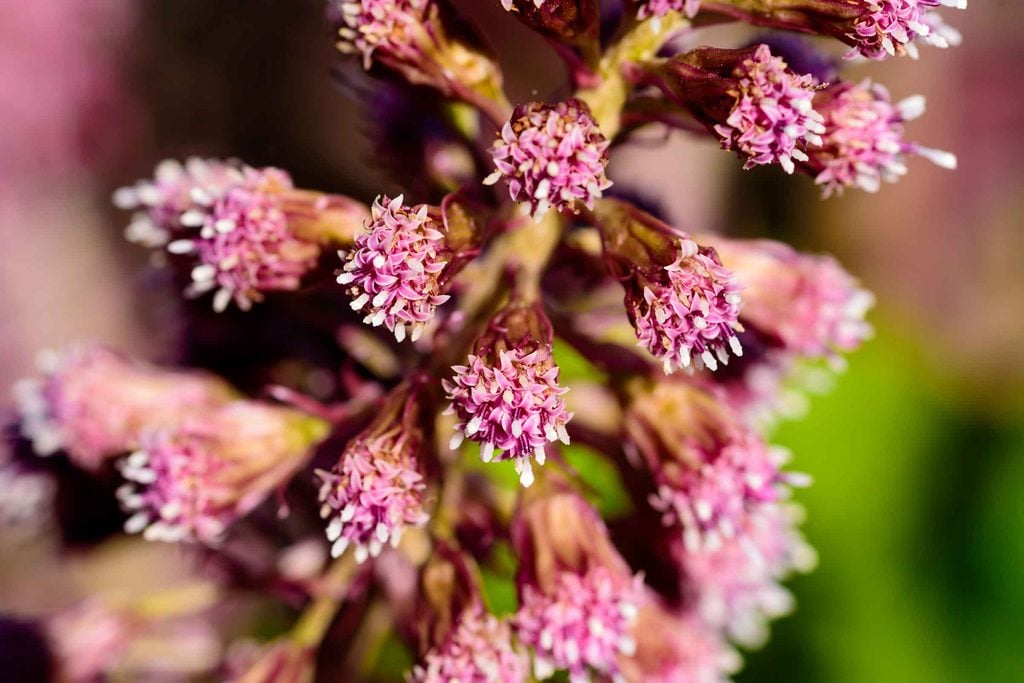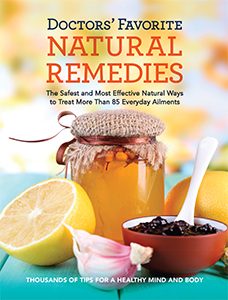Benefits of Butterbur: The Herb That Soothes Headaches and Allergies
Updated: Jun. 23, 2016
This natural remedy will have you waving goodbye to a sniffly nose and aching heads.

This traditional herbal remedy is nicknamed “bog rhubarb,” because it grows in damp, marshy areas. It was once used in Europe to treat the plague; today, it is used for seasonal allergies (such as hay fever), colds and flu, and asthma, as well as providing effective relief for migraines.
How Butterbur Works
Butterbur has natural antiallergenic, anti-inflammatory, antispasmodic, and mildly analgesic (pain-relieving) effects. It works by decreasing the secretion of histamine and leukotrienes by the immune cells, which are the main chemicals that the body releases during an allergic reaction to what it perceives as an invader such as pollen, dust, or animal dander. Butterbur is considered to be as effective as commonly available over-the-counter antihistamines for treating and controlling seasonal allergies such as hay fever. It acts to both mediate the allergic reaction and fight the inflammation in the upper respiratory tract, thereby alleviating allergy symptoms such as stuffy nose, sore throat, runny eyes, blocked ears, and sneezing, but without causing drowsiness. The active compounds it contains, called petasins, stop the inflammation associated with hay fever and may improve the efficacy of conventional inhalant preventive medications for asthma. Although evidence for the effectiveness of butterbur on allergies is small, many natural therapists and herbalists have found it useful for their patients.
Taken daily as a preventive, butterbur extract can bring relief to migraine sufferers, with clinical trials showing that it reduced the frequency, duration and intensity of migraine episodes. In one study published in Neurology, butterbur extract was found to be significantly more effective in reducing the frequency of migraines than placebo. It may also assist in relieving joint pain and menstrual cramps.
How to Use Butterbur
Butterbur is available in tablet or capsule form. Look for a product containing a standardized extract of petasins. Some manufacturers combine butterbur with other antiallergenic and anti-inflammatory ingredients, such as rosmarinic acid, nettle, quercetin or vitamin C, in formulas to prevent hay fever. Dosage depends on the potency of the product chosen. Follow label instructions or take as professionally prescribed. It is beneficial both as a treatment and a preventive for hay fever or seasonal allergies; if taking as a preventive, begin treatment around four to six weeks prior to the time when your symptoms usually first appear.
Safety First
Butterbur has not been widely tested during pregnancy or breastfeeding and so it is best avoided or used only under medical supervision during these periods. In rare instances, it may cause gastrointestinal upset, diarrhea, rashes, itchy eyes or skin, or drowsiness. Note that the wild plant contains compounds called pyrrolizidine alkaloids (PAs) that are toxic. However, standardized extracts used in herbal medicine are purified and often labelled “PA free.”
Where to Find Butterbur
Butterbur is available in health food stores or from a qualified herbalist.

Get More Natural Remedies Doctors Approve!
The book Doctors’ Favorite Natural Remedies offers effective ways to treat more than 85 health conditions and evaluates the most commonly used alternative therapies and supplements. Learn more and buy Doctors’ Favorite Natural Remedies here.